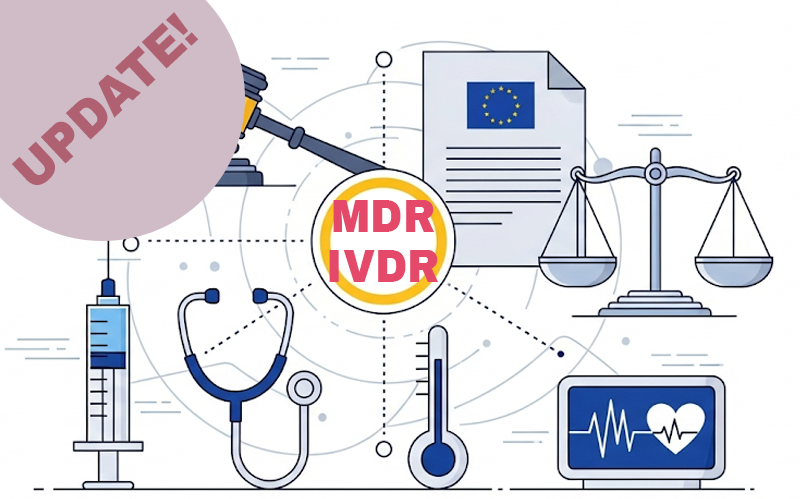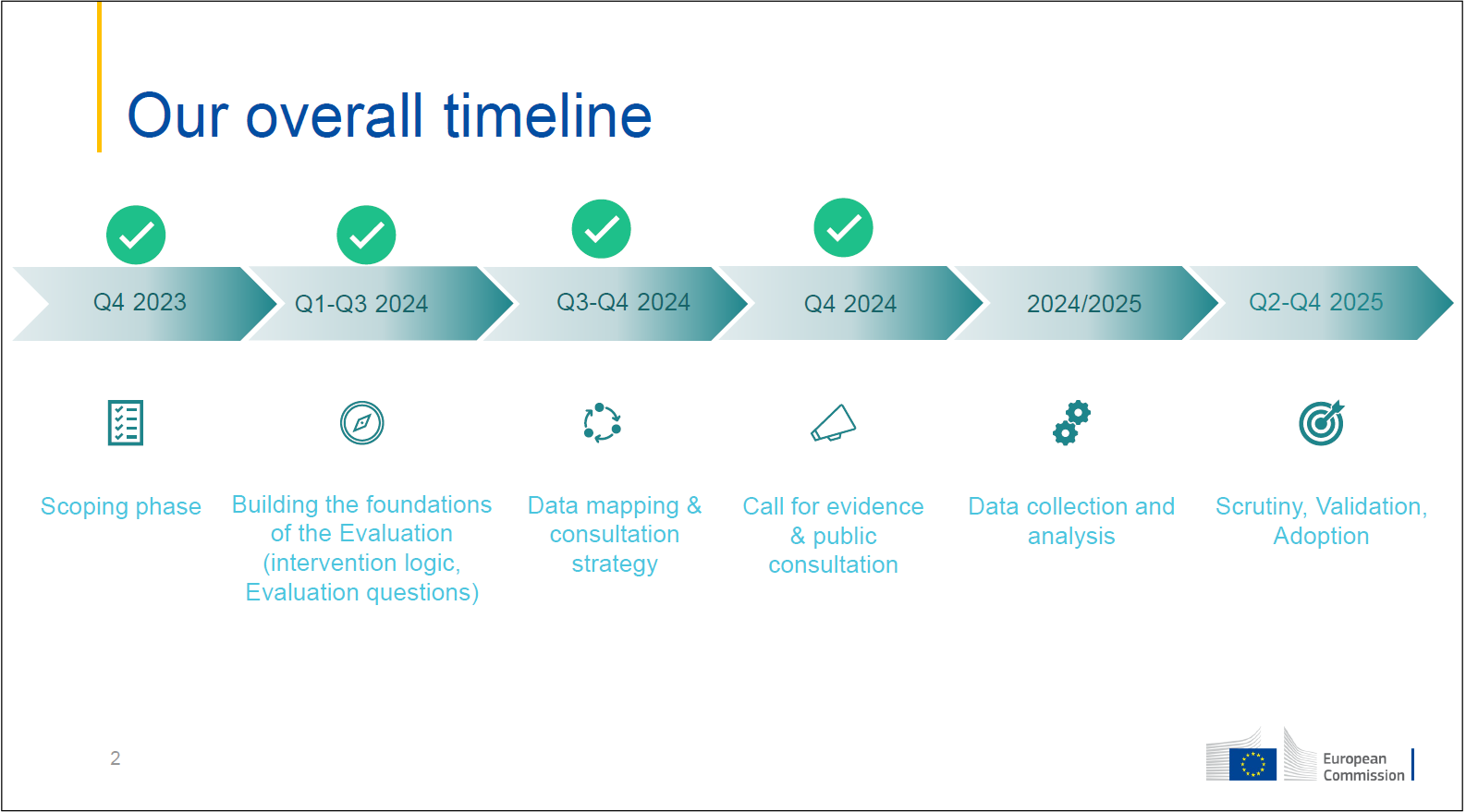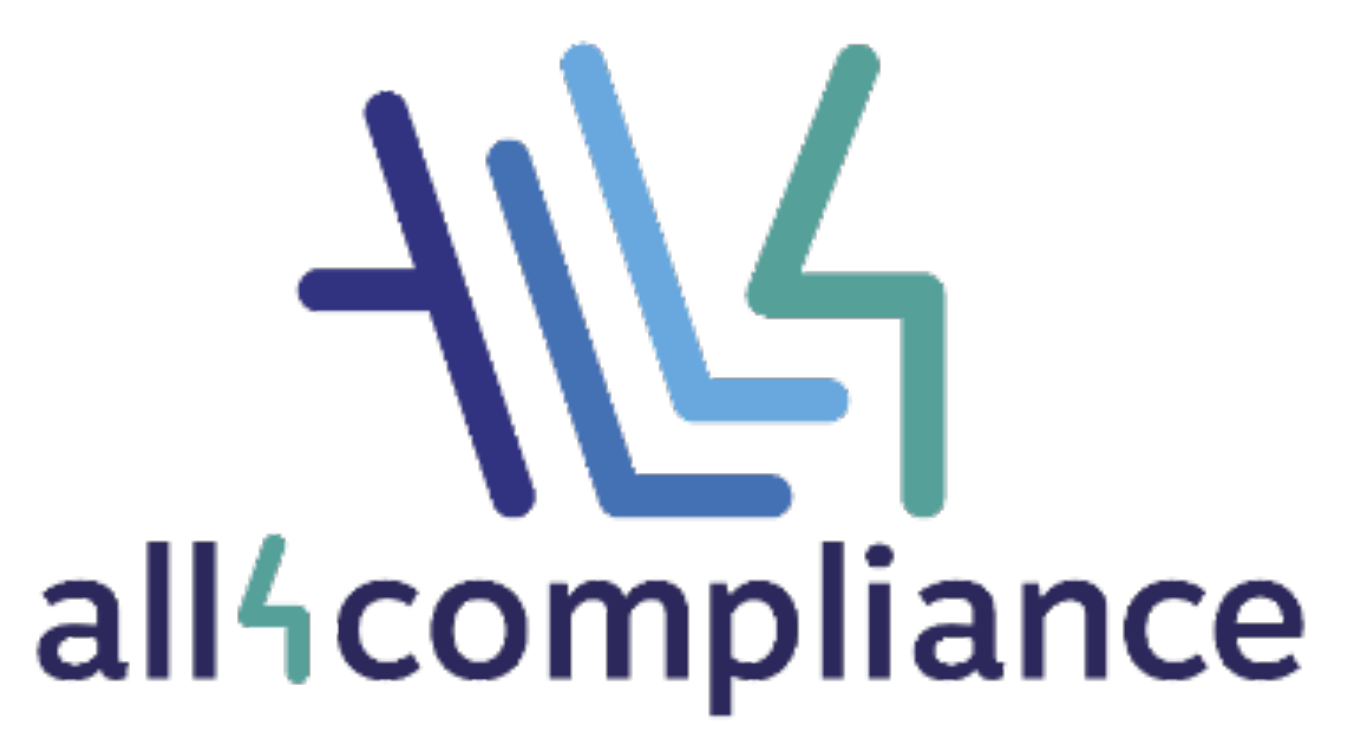European Commission Advances MDR/IVDR Evaluation – Next Steps Underway

Background
In December 2024, the European Commission launched a targeted evaluation of the MDR and the IVDR to assess whether these regulations are meeting their objectives.
The MDR/IVDR transition has been challenging — with ongoing implementation delays, administrative complexity, and rising compliance costs. Stakeholders were invited to provide input on issues such as device availability, capacity for innovation, and the regulatory burden on SMEs. The consultation closed on 21 March 2025, and the summary report was published in June.
The evaluation’s purpose was to:
- Gather feedback on the legislation’s effectiveness, efficiency, relevance, and coherence.
- Assess the legislation’s impact on the availability of devices, including “orphan devices” and devices for small populations, as well as the development of innovative devices within the EU.
- Analyze the costs and administrative burdens, particularly for small and medium-sized enterprises (SMEs).
- Determine if the regulations’ objectives have been met effectively and efficiently and if they align with current and future needs and other EU health policies.
- Evaluate the benefits of the new legislation and the potential for simplification.
Key Findings
The Commission’s summary report on the consultation feedback revealed mixed perceptions regarding the efficiency and costs of the regulation. Approximately half of the respondents (49%) agreed that having a single EU regulation for medical devices decreased compliance costs compared to complying with different national rules. Similarly, 50% of respondents agreed that it reduced administrative costs. Additionally, 45% of respondents believed it was possible to maintain safe devices while reducing costs.
However, perceptions of the costs associated with the MDR were generally negative. For “Phase 1” and “Phase 2” activities, less than 10% of respondents agreed that the compliance and administrative costs were acceptable or would decrease after the regulation was implemented. Perceptions were slightly more positive for “Phase 3” and “Phase 4” activities, with agreement on cost acceptability ranging from 7% to 13% and 10% to 15%, respectively.
What’s next
The Commission has launched a new initiative to analyze stakeholder feedback and propose revisions to simplify EU rules for medical devices. The initiative also seeks to make the EU medical device sector more competitive, support innovation, and make safety requirements more cost-efficient and proportionate. The Commission intends to share initial proposals by December 2025.
You can find the new “Have your say” initiative here.

Address
Biocant Park | Núcleo 04 Lote 2 |
3060-197 Cantanhede
Portugal

